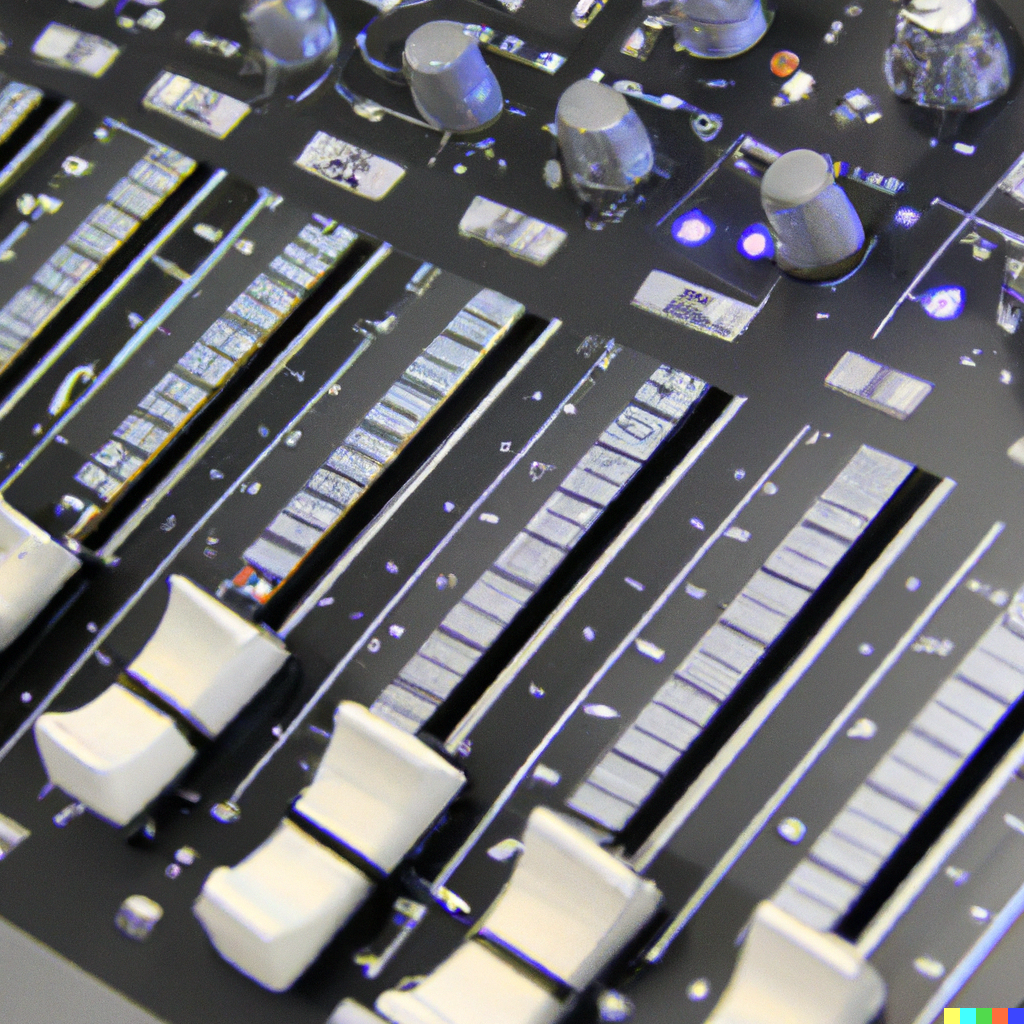The choice of music is a crucial aspect of video editing, as music is able to significantly influence the viewing experience of the audience. Music can create an atmosphere, convey an emotion, or simply enhance the impact of the video. Choosing the right music can make the difference between a mediocre video and an outstanding one. It is able to capture the audience’s attention from the first moments of the video, creating an emotionally engaging atmosphere.
Music can also help maintain the audience’s attention throughout the entire duration of the video, providing an engaging and appropriate background to the images. Choosing the right music can help effectively convey the message of the video, communicating a specific emotion or mood that can in turn affect the audience’s perception of the video’s message. For example, if you want to create an emotional video, you can a track that conveys a sense of hope. If you want to create a fun video, you can a track with cheerful and engaging tones.
Furthermore, selecting the appropriate music can also help maintain the audience’s attention on certain parts of the video. The use of upbeat music during an action sequence can help keep the audience’s attention on that particular sequence.

Types of Music
There are several types of music that can be used in videos. Below, we will delve into three of the most common options:
Licensed
Licensed music has been produced by an artist and requires permission for its use. This type of music is subject to copyright and often requires payment of a fee for use. It can be high quality and customized for the video, but the process of acquiring the license can be complicated and expensive.
Royalty-Free
Royalty-free tracks has been produced by a composer who has granted permission for its use without requiring additional payments for use. This type of tunes can be downloaded and used relatively easily, and is often used in online videos or low-budget productions. However, the quality of it can vary, and very similar or repetitive tracks can be found.
Customized
Custom music is composed specifically for the video. This type of tracks can be an excellent choice for videos where music plays a crucial role, such as product or service presentation videos. Custom tracks can be composed to seamlessly integrate with the atmosphere of the video, but the cost for creating them can be high.
Regardless of the type of music chosen, it is important to ensure that it is of high quality and appropriate for the video. The music must be carefully selected to convey the right message and create the right atmosphere. It is also important to ensure that copyright and intellectual property laws are respected, using only tracks for which permission or usage rights have been obtained.
Selecting the Right Music
Choosing a good tune for your video is a very important aspect of the editing process. This can create an appropriate atmosphere, convey an emotion, or enhance the impact of the video.
Considering the Theme of the Video
The theme of the video can influence the choice of music. For example, if you are creating a video about summer holidays, upbeat and sunny track might be the right choice, while if you are creating a video about nature, relaxing and evocative track might be a good strategy.
Mood and Atmosphere
The mood and atmosphere of the video are other important factors to consider in choosing the music. A romantic video need a sweet and romantic melody, while if you want to create an exciting video you may prefer a track with an upbeat rhythm.
Target Audience
The target audience of the video is another factor to consider in choosing the music. For example, if you are creating a video for a young audience, you might opt for pop or hip-hop music, while if you are creating a video for a more mature audience, you might opt for more classical or jazz music.
Budget
The budget is another factor to consider in choosing the melodies. Licensed tracks can be expensive, but it might be the right choice for high-quality videos. Royalty-free music or custom music can be more affordable alternatives, but they might be less personalized and of lower quality.
Using a good soundtrack for your video requires time and attention, but it can make a big difference in the impact of the video on the audience.
Where to find Music for your Videos
Music is an essential element for videos, as it helps create the right atmosphere and engage the audience. However, finding the right melody for your video can be a challenge, especially if you are new to video production.
Here are three common options:
- Online music libraries: There are numerous online music libraries that offer a wide selection of royalty-free tracks suitable for use in videos. Some of the most well-known platforms are AudioJungle, Epidemic Sound or PremiumBeat. These platforms offer a wide range of melodies and often allow you to select tracks based on duration, mood, and other factors.
- YouTube Audio Library: YouTube offers a vast selection of royalty-free music tracks through its Audio Library. Here, you can search for tracks by genre, duration, and artist. Additionally, you can use the built-in audio editing tools in YouTube to modify the tracks and adapt them to your needs.
- Create your own track: If you are a musician or music producer, you can create your own music to use in your videos. This allows you to have complete control over the video’s soundtrack and create a unique and personalized atmosphere.

How to integrate Music into your Videos
Once you have found the right track for your video, it is important to integrate it effectively.
The track should be synchronized with the video’s visuals to create a harmonious audio-visual experience. Slow and melancholic music may be suitable for a sad or emotional video, while energetic and rhythmic melody is more appropriate for a sports video or one that contains action scenes. If the video contains dialogue or interviews, it is important to lower the music’s volume so that it does not interfere with the protagonists’ voices. Tune should be used to emphasize the video’s emotions and atmosphere, not to cover or replace the protagonists’ words.
Tracks should be used appropriately and respectfully of the video’s content. If the video deals with a tragedy or a dramatic event, it is important to avoid using a happy or carefree soundtrack. Similarly, if the video has a serious or professional tone, overly lively or frivolous melody may be out of place.
If you use copyrighted tunes, it is important to ensure that you have the necessary permissions or use royalty-free tracks. Otherwise, you risk violating copyright laws and facing legal consequences.
Conclusion
The choice of tracks is a vital component of video editing, as it has the power to significantly influence the viewing experience and engage the audience.
Soundtrack creates atmosphere, conveys emotion, and enhances the overall impact of the video. Choosing the appropriate track for a video requires considering factors such as theme, mood, target audience, and budget.
Various options, including licensed, royalty-free, and customized music, offer different advantages and drawbacks. It is crucial to respect copyright laws and obtain necessary permissions. Integrating music effectively into videos ensures a harmonious audio-visual experience that enhances the message and evokes the desired emotions. With careful selection and thoughtful integration, music can elevate a video from mediocre to outstanding, leaving a lasting impression on viewers.
Images from Pexels






